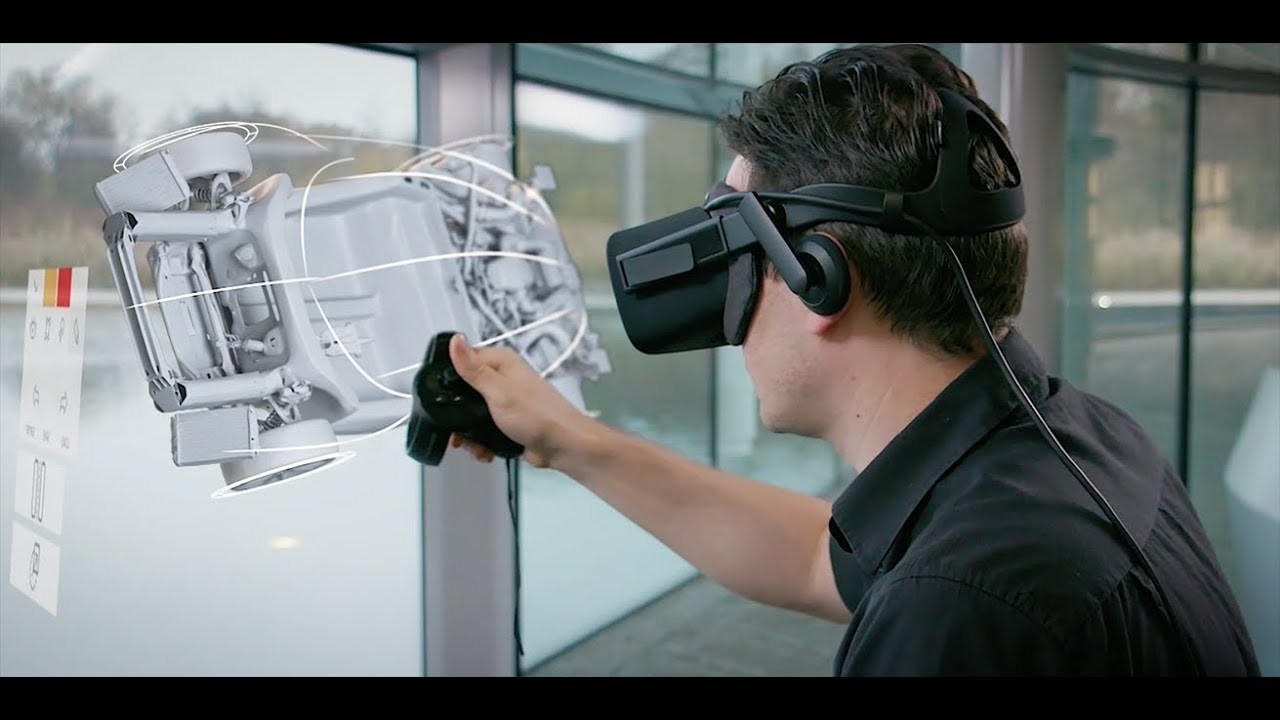Virtual and augmented reality (VR and AR) have been making waves in a number of industries, completely transforming the way things are done. Whether you're into entertainment, education, real estate, manufacturing, or tourism, VR and AR are changing the game and taking things to the next level.
Let's start with entertainment. With VR and AR, gamers can now enter entire virtual worlds where they can explore new environments, interact with other players, and experience emotions in real-time. And it's not just for gamers! The film and television industry is also getting in on the action, using VR and AR to create truly immersive viewing experiences. Can you imagine exploring the world of The Jungle Book, Ghost in the Shell, or Beauty and the Beast in a whole new way? It's no longer just a fantasy - VR and AR are making it a reality.
Moving on to education, VR and AR are changing the way we learn. No longer are we limited to boring textbooks and lectures - these technologies are providing students with interactive, hands-on learning experiences. Imagine exploring ancient civilizations as a history student, dissecting animals as a biology student, or even touring different countries as a geography student. VR and AR are also being used in high-stakes industries like healthcare, military, and law enforcement to train professionals in life-like scenarios, without any real-life risks involved.
The real estate industry is also benefiting from VR and AR. Want to see what your new home will look like before you buy it? With virtual reality, you can tour properties from the comfort of your own couch. And with augmented reality, you can even visualize furniture and decor in the space, giving you a much better idea of what you're purchasing.
Engineering and manufacturing industries are also hopping on the VR and AR bandwagon. By visualizing designs in 3D with VR, engineers can make adjustments in real-time, reducing the need for physical prototypes. AR can also be used in maintenance and repair procedures, providing technicians with real-time information and guidance - saving time, resources, and reducing the risk of human error.
And last but not least, the tourism industry is exploring VR and AR to provide travelers with unique experiences. With virtual tours of destinations, attractions, and landmarks, tourists can get a taste of what they're in for before they even make the trip. AR can also provide real-time information about your surroundings, including cultural, historical, and linguistic information, making travel more informative and enjoyable.
In short, VR and AR are shaking things up in a big way, providing us with new and exciting experiences in entertainment, education, real estate, manufacturing, and tourism. The future is looking bright, and who knows what other industries will be transformed by VR and AR in the years to come. It's an exciting time to be alive!
